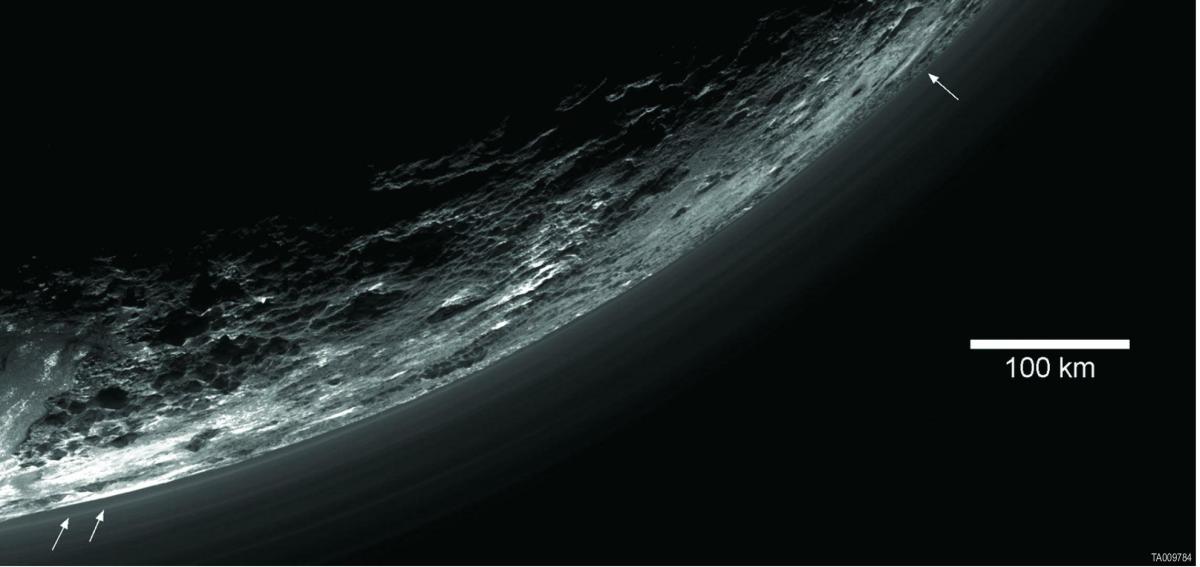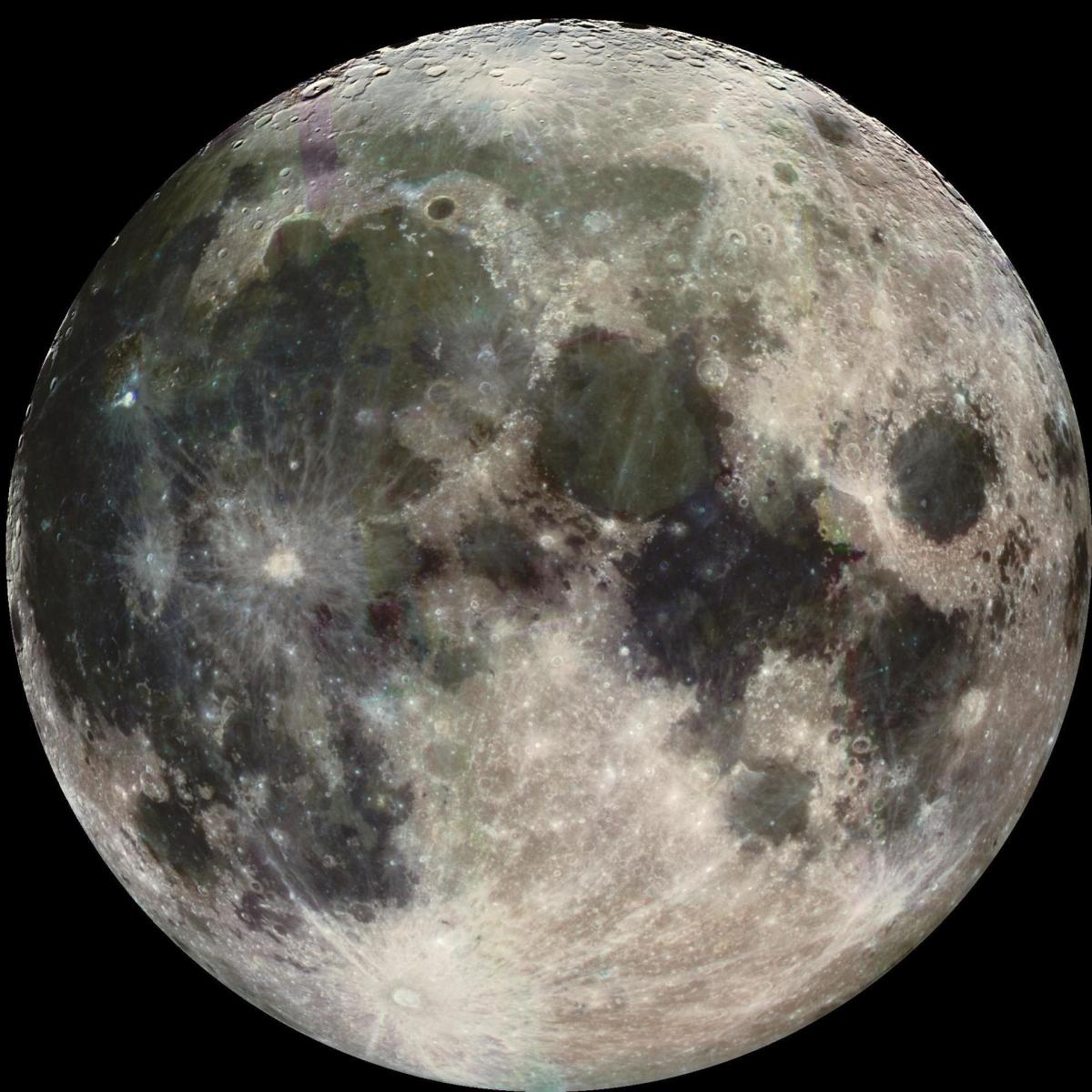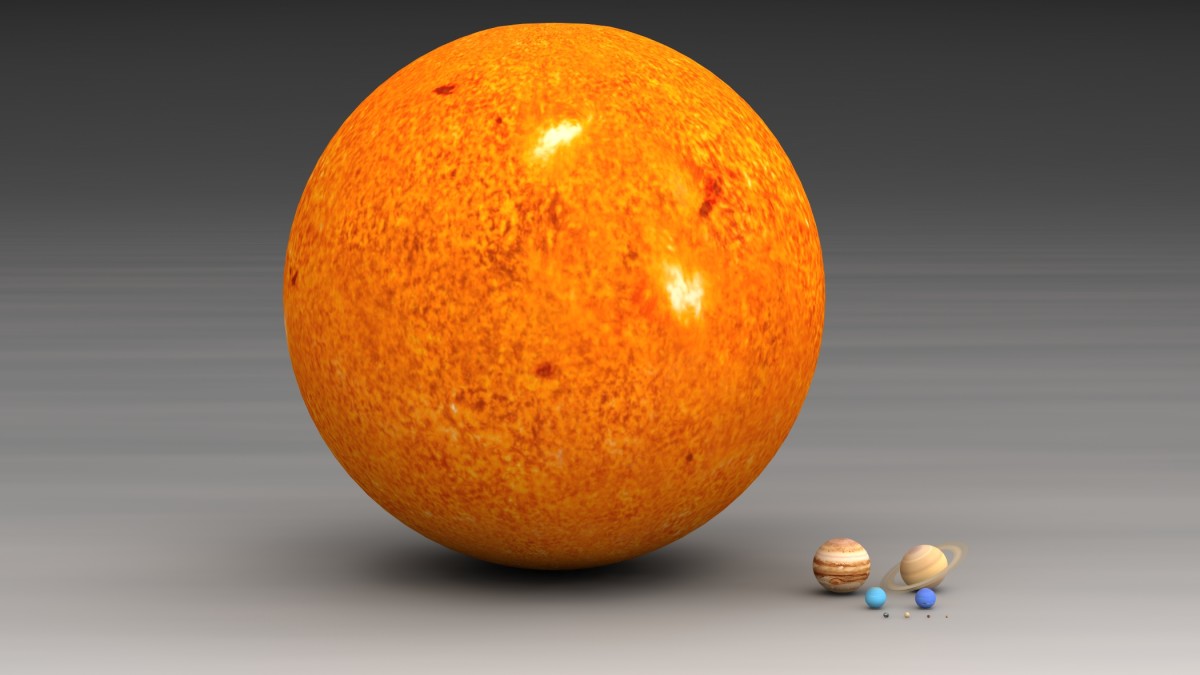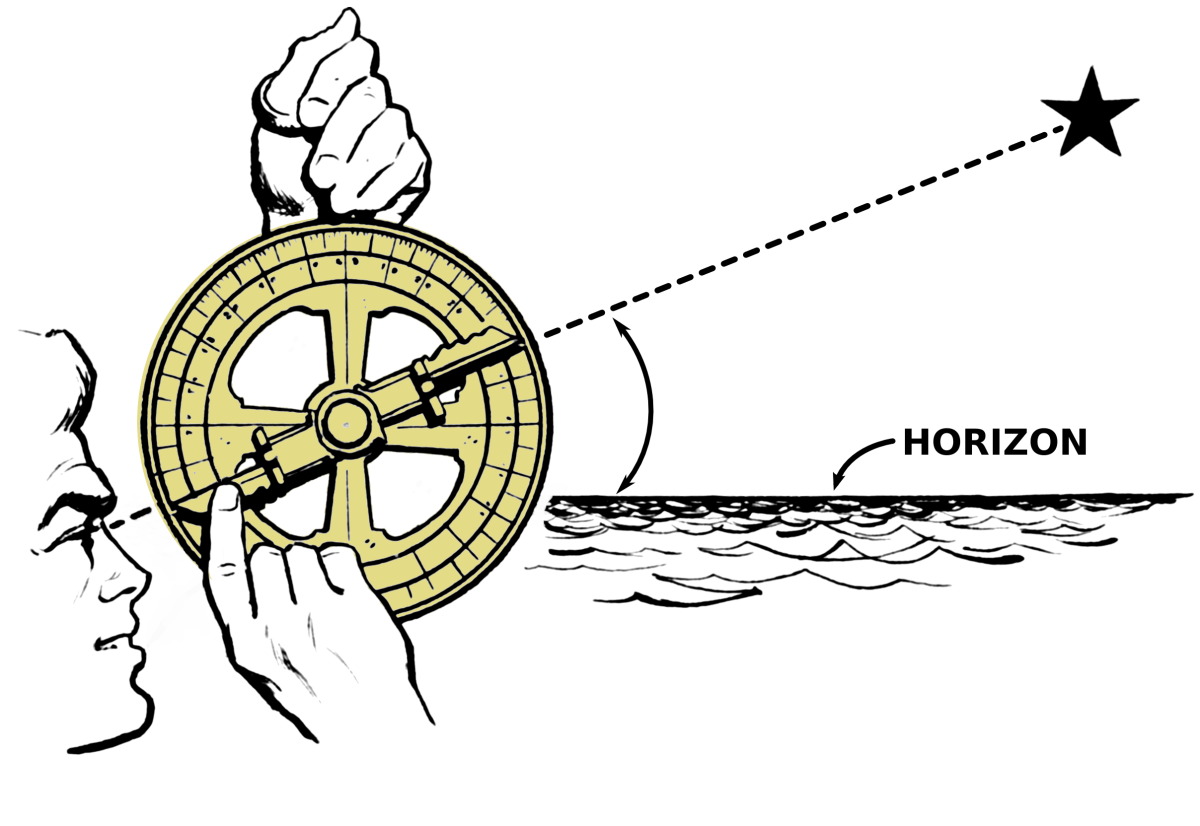How Dangerous Are Near-Earth Objects?
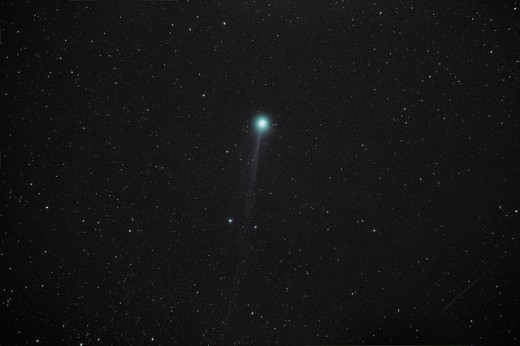
Last year, NASA'S Near-Earth Object Wide-field Survey Explorer (thankfully shortened to NEOWISE) cataloged 245 new near-earth objects, as well as characterized 40 objects we were previously aware of. Eight were classified as PHA's, or "potentially hazardous asteroids". That brings the total PHO count in our solar system to over 1500.
Naturally, such news is often the source for many panicked rantings and inflammatory articles. After all, we know for a fact that devastating impacts have occurred before, and are likely to come again. NASA and other space science groups have dedicated resources to studying these objects for a reason. Last year's Rosetta Philae comet landing was a huge step in our adventure to potentially protect our planet from future hazards.
So, which objects are most likely to come hair-raisingly close to our big blue marble? First, let's take a look at how we measure the risks that NEOs bring along.
Terminology
Perihelion - The point where an object's orbit is closest to the sun. Planets, asteroids, and comets all have their own perihelion.
Near-Earth Object (NEO) - An orbiting object whose perihelion falls under 1.3 AU (120,842,549 miles).
Absolute magnitude - The measurement of how bright an object would appear if it were 10 parsecs (32.6 light years) from the observer. Scientists use this measurement to determine how large a NEO is. This measurement is usually shortened to the letter "H".
Potentially Hazardous Object (PHO) - A NEO with an absolute magnitude about 22.0H or less that will come within 0.05 AU (4,647,790 miles) of Earth. Large objects that come within this distance have the potential to hit Earth and cause serious damage.
How do we know a NEO is dangerous?
A NEO's destructive capability is measured by the "impact hazard" of the potential collision event. This measurement is obtained by using equations measuring size and kinetic energy to narrow down an object's expected energy at impact. There are two different scales used to depict impact hazard.
Palermo Scale
The Palermo Technical Impact Hazard Scale is a complex set of equations and perimeters used to assess potentially hazardous objects in detail. The Palermo scale measures a NEO against the "background hazard" of objects of a similar size or larger to determine if that object has more or less potential risk. These values are expressed in positive or negative numbers. For example, a NEO ranked at 0 has the same hazard valuation of objects of the same background hazard. Objects at +2 are 100 times more hazardous, while those at -2 are 100 times less hazardous. Anything between -2 and 0 is still monitored carefully, but objects over 0 are considered the most dangerous.
Torino Scale
The second scale, known as the Torino Impact Hazard Scale, uses a simple 0 to 10 integer scale to assess the probability an object could hit Earth given its known kinetic energy, plus the damage it could cause. Something at level 0 has very little chance to hit, and the damage associated with it would be negligible. In contrast, an object that ranks level 10 on the Torino scale has almost 100% chance to hit, and the damage caused could destroy life as we know it. Because it is easier to understand than the Palermo scale, the Torino is the scale typically used outside of the scientific community.
Below is a handy table showing the scales in action.
Earth Impact Risk Examples
Object Name
| Palermo Scale
| Torino Scale
| Impact Risk
|
|---|---|---|---|
2014 WF6 (asteroid)
| -3.90
| 0
| Virtually None
|
(29075) 1950 DA (asteroid)
| -0.81
| Not Defined
| 1 in 20,000
|
(415029) 2011 UL21 (asteroid)
| -0.90 (in Oct 2011)
| 1
| 1 in 70 million
|
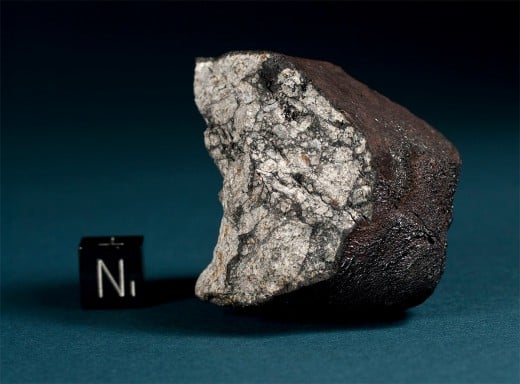
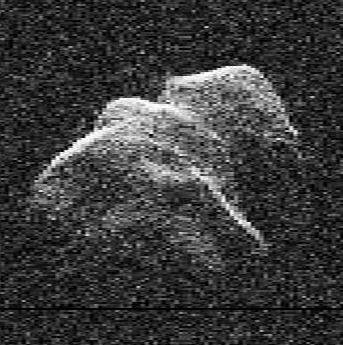
How often do NEOs actually hit Earth?
Small scale objects fall to Earth almost every day in the form of small meteorites. Slightly larger objects may hit once every year or so. Very large objects, such as the one that exploded over Chelyabinsk in 2013, come every 100 years. As you can see, larger objects come less frequently than the smaller ones. A truly devastating impact (Torino scale 9 or higher) only occurs every 10,000 to 100,000 years.
Why is that so? Well, the majority of NEO's in our galactic neighborhood are tiny to begin with. It's reasonable to expect that the smaller bodies hit more often because there are more of them out there. Larger objects also tend to have much longer orbits, or they originate at such great distances that it would take over 100 years for them to be considered a threat.
Because most of our calculations depend on the potential for impact within 100 years, many of the larger magnitude objects aren't considered immediate hazards.
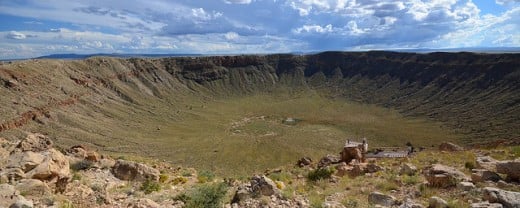
Which PHOs are currently considered the most dangerous?
To date, the PHO with the highest probability of hitting Earth is the asteroid 1950 DA. It has a Palermo Scale value around -0.81, making it the highest-ranked object discovered so far. Scientists at NASA's NEO program originally placed 1950 DA at a 1 in 300 probability of impact. That value was significantly lowered to 1 in 20,000. Still, that's a much higher risk probability than most PHOs.
Here's the catch: 1950 DA isn't scheduled for its potentially dangerous rendezvous until 2880. That 800 year wait gives us a lot of time to recalculate its real potential and prepare some manner to deflect it if need be.
Does this mean we won't see a devastating impact in our lifetime?
Not necessarily. New PHO's are being discovered all the time. As our technology continues to advance, so too will our ability to see the potential threats to our planet. That doesn't mean we'll be able to do much about it if "the big one" comes within the next 50 years or so. Unlike the dinosaurs before us, we'll probably see our imminent doom coming.
And that is probably the key to understanding what all the paranoia is about when it comes to NEOs and PHOs. Our exploration of the cosmos has further enriched our understanding of the universe, and how fragile our planet is in the grand scheme of things.
Whether the thought scares you, or fills your mind with a sense of awe and wonder, it's hard to ignore how truly magnificent it is to be conscious of our temporary place in space.

